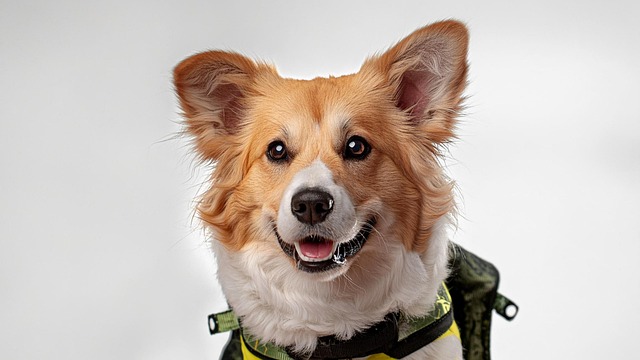
Do cooling bandanas really work for dogs
I’ll start with a relatable scenario of a new owner struggling to keep their dog cool in hot weather, then explain how cooling bandanas work (and their limits) using science
Securing your dog while camping isn't just about convenience—it's about safety in an environment filled with unfamiliar dangers. Start with a multi-layered approach: a well-fitted harness (never just a collar) connected to a 6-foot leash for walks, plus a campsite-specific restraint system for when you're stationary. The most effective solution is a portable exercise pen or a canine zip-line system (a taut line between two trees with a sliding leash attachment) that allows limited movement without tangling risks. Always have a properly sized crate for times when you need complete containment, like when cooking over an open flame or during sudden wildlife encounters.
The science behind these precautions involves understanding canine behavior in novel environments. Even well-trained dogs can bolt when startled by unfamiliar sounds like cracking branches or animal calls—their survival instincts override training. The zip-line system works because it leverages dogs' natural movement patterns while preventing entanglement through its sliding mechanism. Your restraint choice should account for temperature too; metal tethers can heat in sun or freeze in cold, potentially injuring paws. Always check that any harness or collar has updated ID tags with your campsite number, as traditional addresses become useless in remote locations.
When setting up camp, create a designated dog zone away from fire pits and food preparation areas. Use a familiar blanket or bed to establish "their" space, helping them understand where they should remain. Practice "place" command training before your trip using positive reinforcement—rewarding with high-value treats when they stay on their mat despite distractions. This force-free approach aligns with modern training standards that dominate U.S. and European pet culture, where punitive methods are increasingly frowned upon and even legally restricted in places like California and Germany.

Your camping preparations must include legal compliance. Most national parks require dogs to be leashed at all times—typically on a 6-foot maximum leash—with violations carrying fines up to $300. Ensure your rabies vaccination is current and carry proof; many parks require documentation upon entry. Always clean up immediately after your dog using biodegradable bags disposed of in proper trash receptacles—never buried, as waste can take years to decompose at high altitudes and may contaminate water sources. These regulations exist not just for convenience but for ecosystem protection and wildlife safety.
For apartment dogs unaccustomed to wilderness, practice with equipment at home first. Set up the zip-line in your backyard or even indoors to build positive associations. Gradually expose your dog to camp-like sounds using audio recordings before your trip. Be particularly mindful of noise pollution in campgrounds—excessive barking violates most campground quiet hours and could result in being asked to leave. Use distraction techniques like stuffed Kong toys rather than scolding if your dog reacts to unfamiliar sounds, maintaining the positive reinforcement approach that builds trust.
Remember that security extends beyond physical restraints. Bring a pet first-aid kit including tick removal tools and paw protection wax. Consider a GPS collar in addition to tags for remote areas where cell service may be limited. Your vigilance ensures everyone—your dog, wildlife, and fellow campers—remains safe while enjoying nature's beauty.

I’ll start with a relatable scenario of a new owner struggling to keep their dog cool in hot weather, then explain how cooling bandanas work (and their limits) using science

Proper nutrition for a dog isn’t just about filling a bowl—it’s about matching their body’s needs to their age, size, and energy level.

I sat across from my friend Mia in her Denver kitchen last month, her 13-year-old Golden Retriever, Charlie, curled at her feet—slowly blinking, occasionally forgetting where his water bowl was.

I’ll start with a relatable scenario of a new owner struggling to pet their dog comfortably, explain the canine sensory and trust-based reasons behind proper petting

Most new dog owners start with small, everyday questions—and figuring out how many times a day to feed their pup is one of the most common.

Securing your dog while camping isn't just about convenience—it's about safety in an environment filled with unfamiliar dangers.